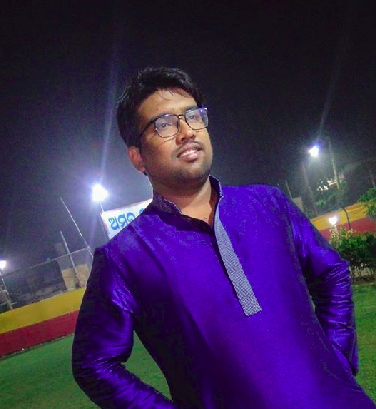Foam advertisement boards have reduced injury chances on boundary line, feels Jonty Rhodes

Jonty Rhodes has stated that the foam advertisement boards on the boundary line have changed the boundary fielding, with the fielders being fearless. He also cited the example of his playing days when the concrete walls on the boundary lines used to cause many injury occurrences.
Flash your mind back to the time when concrete walls used to serve as the advertising boards, while ropes are now used for the boundary lines. In the times of nostalgia, it is easy to overlook the surrounding factors and how that directly affected the players and performances, but trust Rhodes to enlighten you. Speaking at the Global Sports Injury Conclave (GSIC) 2020 in Bengaluru, Rhodes stated that foam advertisement boards have helped in reducing impact injuries at the boundary line, thus enabling modern-day players to go for impossible catches.
“From the boundary fielding point of view, a lot has changed too especially because of powerplay fielding in T20s. Boundary advertising boards are made up of foams now unlike our times when there were concrete walls. Ricky Ponting used to field in slips but when he used to chase the ball towards the boundary, it used to cause injury scars. This has changed now because of foam boards on the boundary,” Rhodes said.
It was close to evening in Bangalore when Rhodes went to the stage to deliver a thought-provoking speech but the mind automatically wanders back to the days of watching those Youtube videos of no-look run-outs and diving catches. As if he was reading my mind, the former South African cricketer tried making a jump to the stage instead of taking the comfort stairs. He failed, twice and amid chuckles, he admitted that the “daddy of fielding” has now become “the granddaddy” but the clarity in his thoughts still stand out.
“I am no longer the daddy of fielding. I am almost like the granddaddy now as there have been many generations who have come through to excel as fielders. The most amazing thing for me is just how the focus has been shifted to fielding. In the 1992 World Cup, even though I inflicted that Inzaman run-out, I didn’t back my accuracy with the throw. We didn’t have a fielding coach. Players had to take responsibility and we didn’t do that too often. Now times have changed and fielding is as important as batting and bowling. With Mumbai Indians, I have been there for nine seasons and we put hard work in the fielding front,” the 50-year-old said.
If there is a growing allure for the legend of Jonty Rhodes, it began with that diving run-out of Inzamam-ul-Haq during the 1992 World Cup. As Neil Manthrop once said, nobody has ever fielded better at backward point, where he “leapt like a salmon’ to stop singles like a man possessed. Shedding light on his sudden popularity after the Inzamam run-out, Rhodes said the Aussie media was behind him to understand his techniques, his diet despite their country being one of the best when it came to having modern facilities and a high-performance centre.
“In the 1992 World Cup in Australia, the Aussie media wanted to know my training techniques, my diet. Because Australia had the only country which had proper cricketing facilities, a high performance centre. They wanted to break it down and understand. It was crazy that they were doing it at a time when no one else was really interested.”
Rhodes had been associated with Mumbai Indians for nine long years in coaching before moving on to join Anil Kumble as Kings XI Punjab’s fielding coach this year. The experiences of understanding India’s system, having worked with many youngsters over the years, gave Rhodes a perspective on things. Rhodes is of the opinion that when a player arrives at the international stage, it is already too late to work on fielding skills and preventing injuries at that time as it becomes a tenuous task.
“If you get players to play at the international level, it is already too late to work on fielding skills. I mean it is not late in the sense that if you can achieve success but about preventing injuries, it is difficult. You get young players getting into the system more and more through this huge phenomena called Ranji Trophy. Cricket coaches need to understand the dynamics, and in this regard, conclaves like Global Sports Injuries Conclave plays a huge role.
“Times have changed with India coming up with some fine fielders. My job as a fielding coach in the IPL has become easier because the young Indian players practise really hard. April-May is the hottest time of the year yet none of them is soaking. NONE OF THEM. The mind is very clear, it knows how to take short cuts. So as a fielding coach, my role is to simulate the idea of playing a game. Practise as if you are playing a match. That is the only way you can get a youngster to stress himself and get things right,” the South African, who played 52 Tests and 245 ODIs, explained.

Comments
Sign up or log in to your account to leave comments and reactions
0 Comments